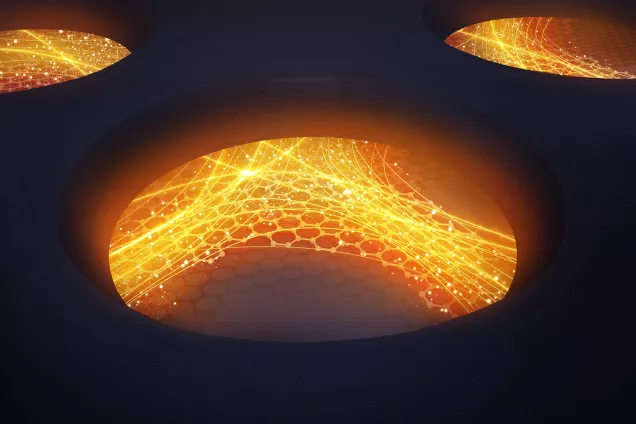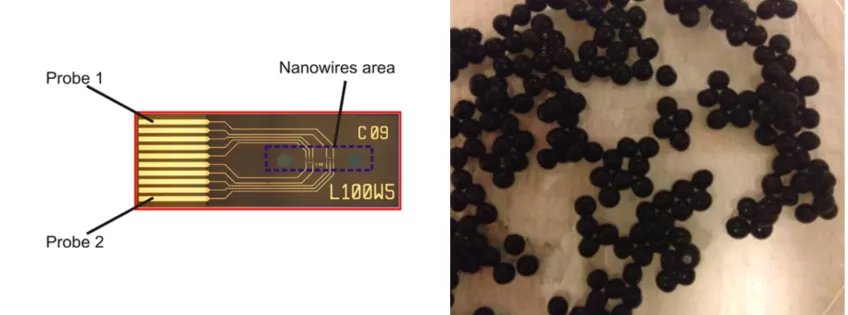The GCN - Seminar - Winnie Svendsen: Talk abstract and short bio
Winnie Svendsen, Professor at DTU will present her research about nanostructures in bio-analytical applications. She will highlight alternative methods to the rather expensive e-beam lithography for batch fabrication of nanostructures.
This seminar is given in the frame of series that is organized by the three nanoscience hubs located in the Copenhagen-Lund area. The aim is to to increase awareness about our mutual capabilities and to inspire collaborations.
Nanostructures and surfaces for enhanced bio-analysis
W. E. Svendsen,
Technical University of Denmark, Department of Biotechnology and Biomedicine, Denmark
Abstract
In this talk I will introduce the work we do in my research group involving nanostructured surfaces, nanoparticles, nanopillars and nanotubes for use in bio-analytical applications. Nanostructures have unique physical and electrical properties that make them ideal for use in sensor technology. For example, nanoparticles have a high surface to volume ratio, which gives them increased reactivity, and large surface to volume ratio. Silicon nanowires can be used as one-dimensional semiconductors for sensing charged molecules in a biological sample and nanopillars can enhance cellular growth and measure minute mechanical stresses.
I will outline previous work done in my group using different nanostructures in bioanalytical applica-tions (Figure 1 and 2) and introduce a new EU FET Flagship project, BIO-Stretch, where we will utilize nanopillars for novel applications. Although technological progress has made nanoscale fabrication relatively affordable, there is still a need to reduce costs with only minimal compromise of yield and function. In this work, I will highlight alternative methods to the rather expensive e-beam lithography for batch fabrication of nanostructures. I will show how these nanostructures can be utilized for extremely sensitive virus detection, enhanced cellular growth, extracting polluting chemicals from the groundwater and mechanical stress sensors.
Short Bio: Winnie Edith Svendsen, Professor, Technical University of Denmark
Winnie Svendsen received her BSc degree in 1992 and MSc degree in physics in 1993 from the University College Dublin, Ireland; here, she received the EOLAS applied research award for excellent research. Her PhD was from Copenhagen University and the National Laboratory for Sustainable Energy (RISØ), and was finalized in 1996. In 1996 she accepted a postdoctoral position at the Max Planck Institute for plasma physics. In 1998 Svendsen received talent stipend from SNF (now FNU) and the prestigious Curie stipend from Copenhagen University to establish a research group to design a hyperpolarized gas set-up for use in medical lung diagnostic. In connection with this project she received funding from the European Fifth Framework to organize a workshop on hyperpolarized gasses. In 1999 she was appointed associate professor at Copenhagen University. Since 2000 Dr. Svendsen has been employed as associated professor at DTU. In 2006 she established her own research group, Nano-Bio Integrated Systems (NaBIS), which integrates micro- and nanoscience in lab-on-chip systems to develop highly sensitive technologies for medical diagnosis and treatment monitoring, as well as environmental monitoring. In 2020 she was appointed professor at the DTU Bioengineering.
By combining highly controlled building blocks from very different material systems to realize advanced, functional systems, we aim to jointly address challenges that are out of reach for an individual center.

A cluster of groups at DTU involved in nanoscience
Groups at DTU involved in nanoscience are affiliated to the following departments:




